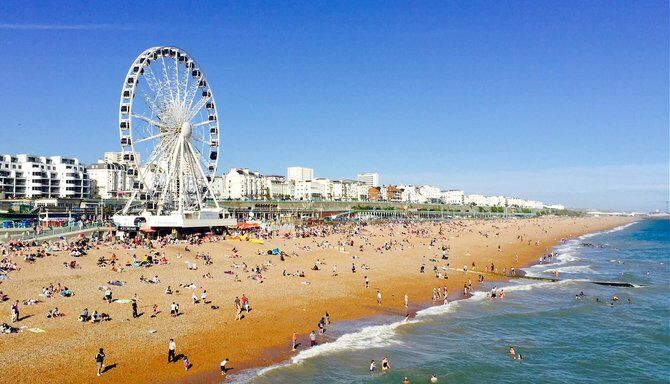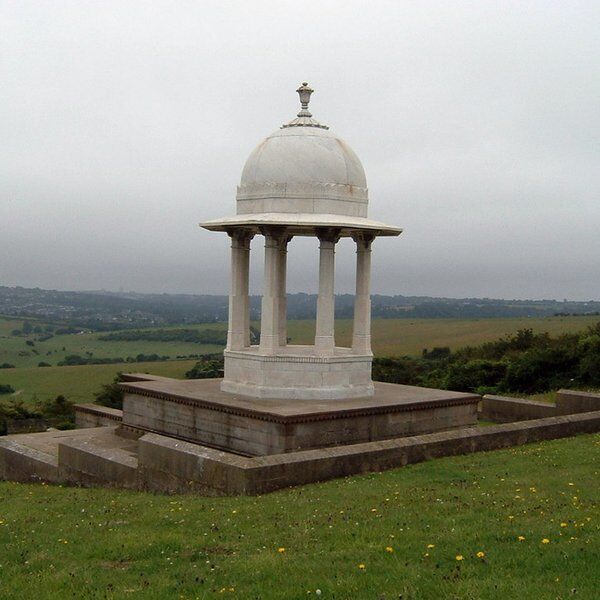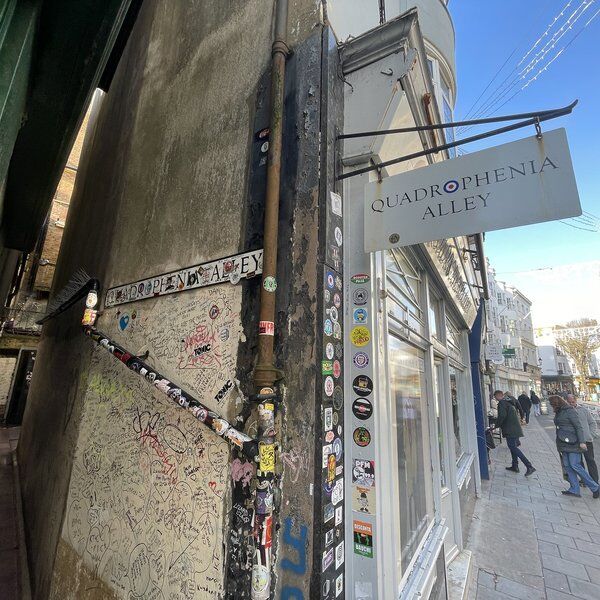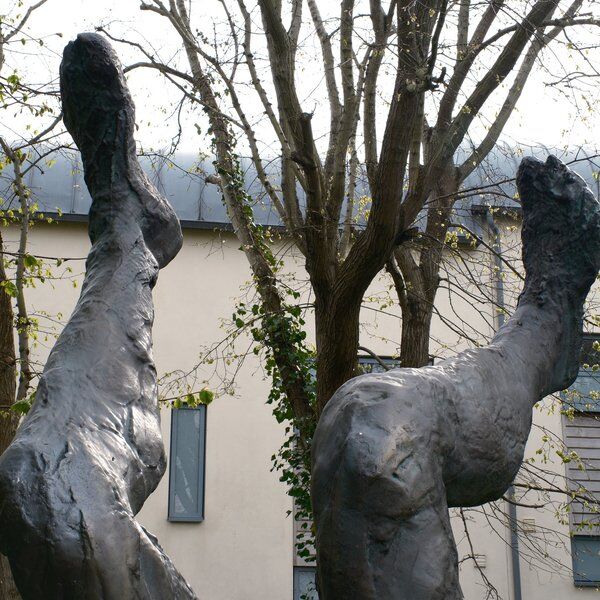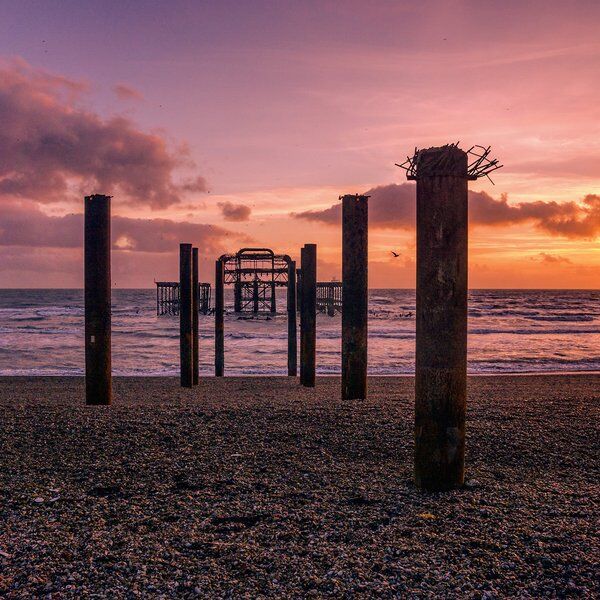Brighton Beach’s History
Origin Story: The Rise of Sea Bathing
“As far back as 1736 we find [Brighton] described by an enthusiastic chronicler as ‘one of the principle places in the kingdom."
Brighton's evolution from a humble fishing community with black flint houses, to a bustling seaside resort, complete with Brighton Marina and Brighton Beach, dates back to the 18th century. It was then that the pioneering advocacy of the health benefits of seawater and sea bathing began, setting the stage for Brighton's rise to prominence.
This therapeutic ritual, believed to possess medicinal properties, captivated the imagination of visitors, drawing them to the rejuvenating waters of the English Channel. The phenomenon of sea bathing progressed under the guidance of influential physicians like Dr. Richard Russell, who advocated for the health benefits of seawater consumption and bathing in Brighthelmstone as early as the 1730s.
“What Pompeii was to the Romans…Brighton is to Londoners.”
By 1769, the creation of Brighton Baths signified the city’s transformation into a health resort. King George IV’s visits from 1783 to 1827, further elevated Brighton’s status and caused some of the Regency architecture framing Brighton Beach today.
The iconic Royal Pavilion, a Grade I listed residence for the royalty frequenting Brighton, with its blend of Indian and Chinese motifs, epitomises this era. It currently serves as a museum and art gallery that also hosts weddings and special events.
The development of resort facilities, including bathing machines, signalled Brighton's rapid growth as a leading seaside destination of the time. These wooden contraptions provided a safe and convenient way for visitors to immerse themselves in the sea, under watchful supervision.
As Brighton's popularity soared, rivalling even established resorts like Margate and Weymouth, its once-modest fishing village image gave way to opulent Georgian terraces.
“Beautiful and healthy situation, and an atmosphere of wonderful crispness and purity, which is nearly always saturated with sunshine.”
The draw of Brighton’s health benefits extended into the 20th century when the London Evening Standard expressed that even King Edward VII experienced its health benefits firsthand during his visit in 1908.
Railways and a New Focus
As accessibility increased with the advent of railways, Brighton flourished, earning the nickname "London-by-the-Sea" due to its proximity to the capital and the influx of visitors. Despite its health-oriented reputation, Brighton's appeal extended beyond "rest cures" to pleasure-seeking beachgoers.
However, with popularity came challenges. Crime escalated and the infamous Brighton trunk murders of the 1930s, marred the town's reputation. Graham Greene's novel "Brighton Rock" vividly depicted the seedy underbelly of the resort, contrasting with its family-friendly facade.
“Sleazy mean lodging-houses and narrow streets behind the front in the holiday season.”
Brighton’s Enduring Appeal
Nevertheless, Brighton's reputation endured. Despite challenges it remained a beloved destination for generations, symbolising a blend of health and pleasure. As Lord Kilbracken reminisced in a 1962 article for the Tatler, Brighton held endless delights, transcending its darker associations to retain its status as the epitome of seaside enjoyment.
Brighton's Economic Evolution
Brighton Beach, on the periphery of England's Channel coast, has experienced a significant economic transformation over the years. In the 1960s and 1970s, amidst the rise of Mediterranean package holidays, English seaside resorts, including Brighton, faced some tough competition.
In order to adapt and thrive, Brighton had to reinvent itself, attracting visitors with offerings that could not be found anywhere else. The demolition of the Black Rock open-air lido in 1978 marked a significant turning point, leading to extensive developments along the seafront, including the establishment of one of Europe's largest marinas.
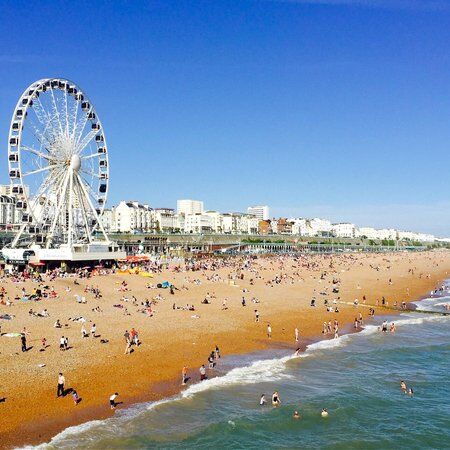
Before its demolition in 1978, Black Rock Lido was a symbol of the seaside. Memories of laughter-filled afternoons and refreshing swims underscore the significance of this cherished landmark in Brighton's seaside heritage. The lido's demise marked the end of an era, yet Brightoners still remember it fondly.
Creating Brighton Marina was a monumental undertaking that would later emerge as one of Europe's largest marinas, injecting new life and vitality into the eastern end of the beach. The waterfront, Brighton Marina Village, became lined with gift shops, restaurants, high-rise apartments, and recreational activities. Families enjoyed leisurely strolls along the promenade, while there were also lots of activities for boating enthusiasts as well.
“It’s the beating heart of the south coast.”
With each passing day, Brighton Marina blossomed into a popular seaside resort and Brighton Beach became renowned for its iconic pier, colourful beach huts, and lively promenade. While memories of its early days may have faded along with creations like the West Pier now a shell of its former self, the marina's initial charm was palpable.
Environmental Accolades for Brighton Beach
Brighton Beach's enduring appeal extends beyond its recreational offerings to its commitment to environmental sustainability. The prestigious Blue Flag certification, bestowed upon Brighton Beach by the Foundation for Environmental Education, underscores its dedication to meeting stringent environmental standards. This award not only honours Brighton's pristine coastline but also underscores its role as a steward of environmental conservation and responsible tourism.
Things to do and see near Brighton Beach
Iconic Landmarks
At the heart of Brighton Beach stands the iconic Brighton Palace Pier. Originally constructed in 1823 as a simple promenade, it has evolved into a bustling entertainment complex, with arcades, amusement rides, and traditional seaside stalls offering the British classics of fish and chips and candy floss.
The Volks Railway, dating back to 1883, holds the distinction of being the oldest operating electric railway globally. Spanning a mile along the seafront, this railway offers a unique perspective of Brighton's coastline, blending Victorian charm with modern accessibility.
The West Pier, though now a skeletal remnant of its former glory, remains a beloved landmark steeped in history. Despite being closed to the public, it continues to attract visitors with its haunting beauty.
Something Unique
Brighton Nudist Beach, opened in August 1979, stirred controversy as the first nudist beach in Britain. Despite initial opposition, it has become a secluded spot for those seeking an au naturel experience. Located between Brighton Pier and Brighton Marina, it offers a discreet yet accessible escape for sun-seekers.
For more nudist beaches around the world check out our blog!
Nature Trails
The Undercliff Walk is a 5-kilometre path from Brighton Marina to Peacehaven, ideal for leisurely strolls or cycling. Rich in history and natural beauty, this coastal route also offers glimpses into Brighton's smuggling past, with quaint villages like Rottingdean along the way.
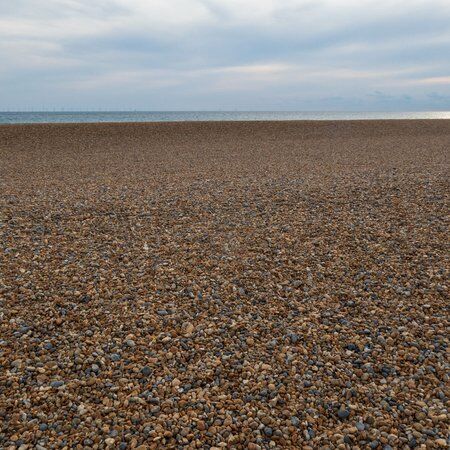
Other Attractions
The SeaLife Centre, established in 1872 as Brighton Aquarium, has a rich history and diverse marine life. Visitors can explore themed rooms housing over a hundred species, offering an educational and immersive experience for all ages.
British Airways i360 is a recent addition to Brighton's skyline. With its futuristic design and state-of-the-art facilities, it provides beautiful 360-degree views over Brighton, from its 162-metre observation tower.
Visiting Brighton Beach Today
Beyond its lively promenade, Brighton Beach, stretching 9 kilometres along the city's boundary and dotted with colourful beach huts, invites visitors to unwind on its pebbled shores and soak up the sun. For the more adventurous, there are plenty of water sports, from paddleboarding and kayaking to windsurfing and sailing. There are also annual events that visitors come to Brighton especially for including the Brighton Marathon, which all unfold against the backdrop of the iconic Palace Pier.
Explore Brighton with CityDays
The best way to discover more hidden gems around Brighton is to take your time and, ideally, have a pre-planned route that takes you past all the noteworthy nooks and hidden gems.
We can help you there!
We have two brand-new trails that combine the fun of an outdoor treasure hunt with the historical facts and whimsical trivia of a walking tour.
Answer riddles, solve puzzles and learn more about Brighton's history in a new and interactive way!
Take the stress out of planning your visit to Brighton and book your adventure today!
Not visiting Brighton this time? Don’t worry, you’ll find us all over the world.
